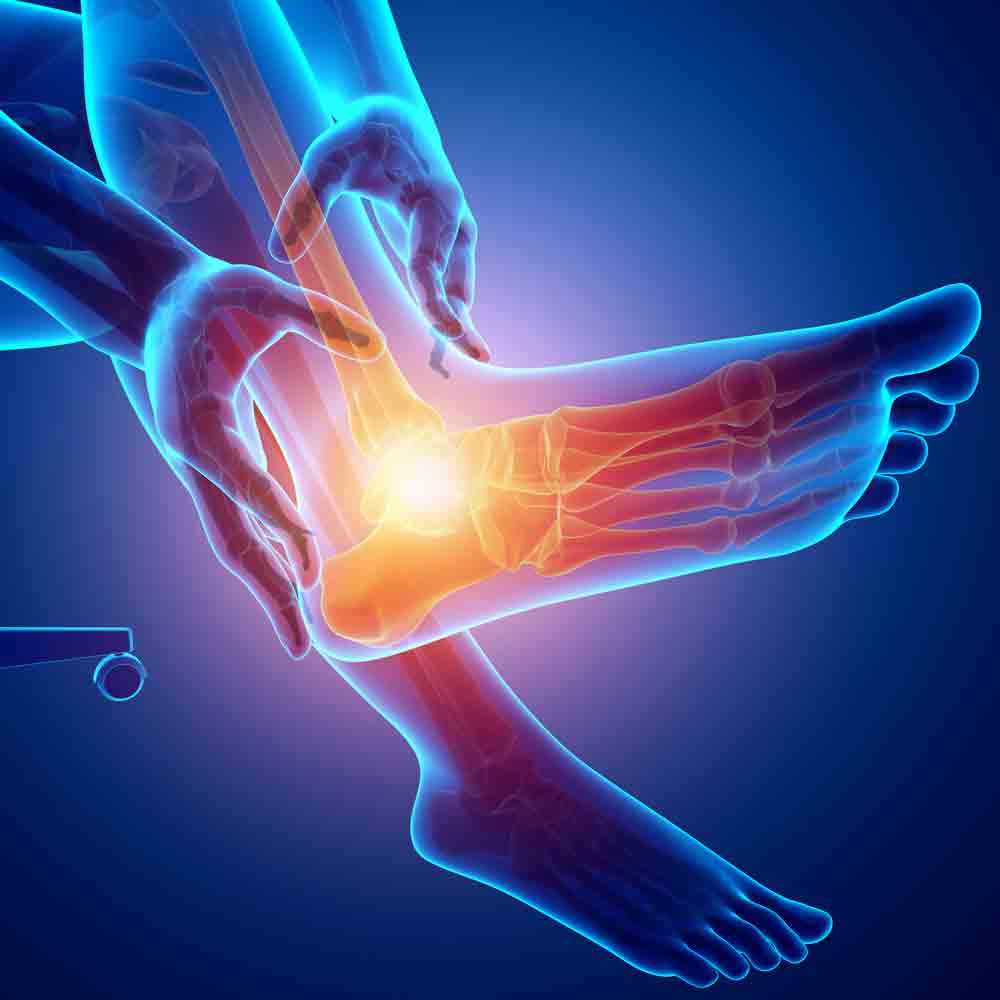Do you have pain at the bottom of your heel as you step out of bed in the morning? Is your running impeded by a nagging ache in your heel? If so, these are two very common symptoms of plantar fasciitis. Plantar fasciitis is the most common foot pain condition treated by health care providers.
What is it and how can I fix it?
Plantar fasciitis is actually an inflammation and micro-tearing of the ligament that supports the arch in your foot– the plantar fascia. When your foot hits the ground, the plantar fascia stretches to accommodate your body weight and the ground reaction forces generated by walking and running. During walking, up to 3 times your body weight is taken through your arch; when running, up to 9 times. If the condition develops, the person usually reports a sharp pain under their heel that may spread into the arch of the foot. The onset is typically not from an injury, but develops gradually and, if left untreated, gets worse over time. Many causes can contribute to plantar fasciitis:
- Standing on your feet all day with poor foot wear
- Increasing running intensity or distance too quickly
- Shoes inappropriate for your foot type or shoes that have excessive wear
- Poor foot mechanics (foot is too flexible or too stiff)
- Weakness in your core, hips, and lower leg
- Tight legs, especially calves
- Low back pathologies with nerve root irritation
- Poor running mechanics
What to do about it:
There are numerous ways to treat plantar fasciitis and some you can easily initiate yourself. Try the following strategies:
- Ice massage: Rub an ice cube directly to the area of discomfort in a circular motion for 5-7 minutes.
- Stretch: Calf stretches against wall: straight and bent knee, plantar fascia stretch
- Proper shoes are essential. Be sure to replace shoes after 300-400 miles of running, depending on your size.
- Self-massage to plantar fascia with tennis/golf ball or tubing
- Deep tissue massage to calves
- Decrease training intensity and cross train if possible
- Strengthen core and overall lower extremities
- Wear a “Strassburg sock” at night.
What’s the next step?
If you have done all you can and still have pain, what’s next? How do you get back on the trail, back up to your running intensity, on skis again, or simply walking around the block without pain?
An excellent study in the Journal of Orthopedic and Sports Physical Therapy looked at 60 patients suffering from heel pain. Half were given the stretches mentioned above; the other half underwent the stretches and received manual therapy. The group that received both manual treatment and self-stretching experienced greater improvement in physical function and a greater reduction in pain compared to those performing self-stretching alone.
Manual treatments can include such things as trigger point dry needling, myofascial/deep tissue release, joint mobilization and manipulation, and manual stretching. All of these, in addition to various taping techniques, specific strengthening exercises addressing foot impairments, and weakness of the hip and low back will help eliminate pain.
Also, your SOL Physical Therapist can determine the need for a foot orthosis to improve the biomechanics of your lower leg, decreasing strain on the plantar fascia. A full biomechanical evaluation by your SOL Physical Therapist will determine the cause of the irritation, so you can eliminate the factors creating the aggravation. Getting to the cause of the tightness is the key to its resolution and is what keeps it from coming back. Physical therapy is the detective work that teases out all contributing factors and helps you recover.
If you find yourself suffering from nagging heel pain on one or both feet, try some of the suggestions we have provided and see how it goes.

